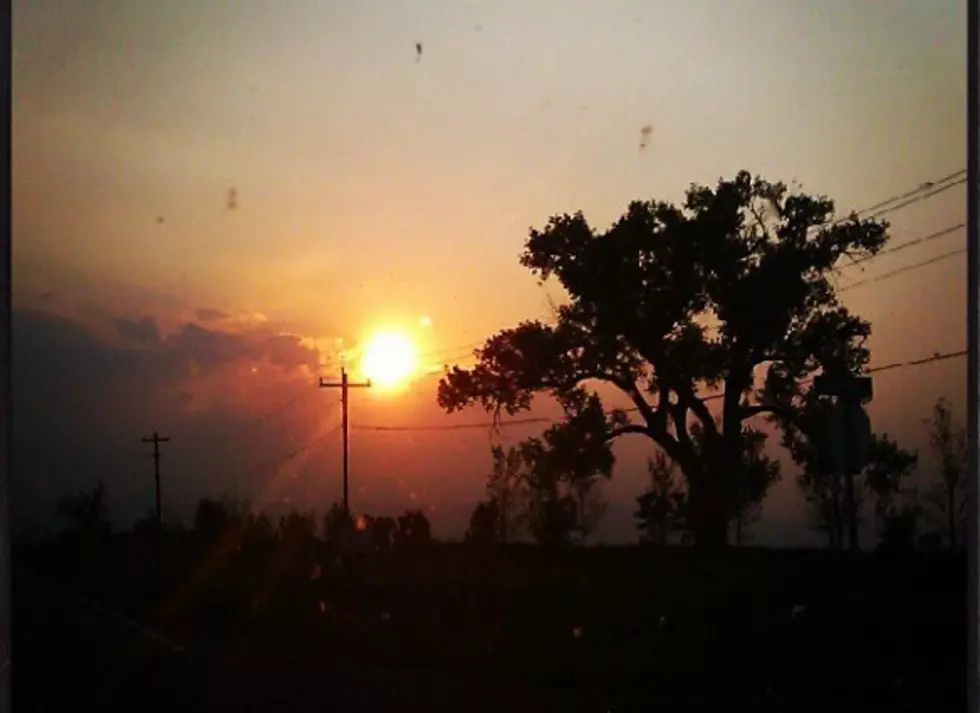![Grim Reminder About Safely Grilling Outdoors [VIDEO]](http://townsquare.media/site/50/files/2012/05/grill-630x472.jpg?w=980&q=75)
Grim Reminder About Safely Grilling Outdoors [VIDEO]
According to the Coloradoan, a Winder-area home was destroyed by a fire Sunday night. The fire started on their patio while the homeowners were grilling.
As a father, a homeowner, and an avid griller this story terrifies me. Thankfully no one was killed, but imagine losing your house and most everything in it. I can't even imagine...
But I thought we could all use a little refresher course in grilling safety.According to the National Fire Protection Association, June and July are the peak months for grilling and gas grills are involved in an annual average of 6,900 home fires. Charcoal grills are involved in another 1,1000 home fires per year. Check out this fact sheet created by the NFPA and watch these grilling safety videos.
Let's make sure your next grilled meal isn't your last.
And here are some more safety tips from the Hearth, Patio and BBQ Association.
Read the owner's manual. Always read the owner's manual before using your grill and follow specific usage, assembly, and safety procedures. Contact the grill manufacturer if you have specific questions. (Be sure to locate your model number and the manufacturer’s consumer inquiry phone number and write them on the front page of your manual.)
Grills are for outside, only. Barbecue grills are designed for outdoor use, only. Never barbecue in your trailer, tent, house, garage, or any enclosed area because carbon monoxide may accumulate and kill you.
Use in well-ventilated area. Set up your grill in an open area that is away from buildings, overhead combustible surfaces, dry leaves, or brush. Be sure to avoid high traffic areas and always barbecue in a well-ventilated area. Be aware of wind-blown sparks.
Keep grill stable. When using a barbecue grill, be sure that all parts of the unit are firmly in place and that the grill is stable (can’t be tipped over).
Follow electric codes. If electrically-operated accessories are used (rotisseries, etc.), be sure they are properly grounded in accordance with local codes. Electrical cords should be placed away from walkways or anywhere people can trip over them.
Use long-handled utensils. Use barbecue utensils with long handles (forks, tongs, etc.) to avoid burns and splatters.
Wear safe clothing. Wear clothing that does not have hanging shirt tails, frills, or apron strings that can catch fire, and use flame-retardant mitts when adjusting hot vents.
Keep fire under control. To put out flare-ups, either raise the grid that the food is on, spread the coals out evenly, or adjust the controls to lower the temperature. If you must douse the flames with a light spritz of water, first remove the food from the grill.
Be ready to extinguish flames. Use baking soda to control a grease fire and have a fire extinguisher handy. A bucket of sand or a garden hose should be near if you don’t have a commercial extinguisher.
Consider placing a grill pad or splatter mat beneath your grill. These naturally heat resistant pads are usually made of lightweight composite cement or plastic and will protect your deck or patio from any grease that misses the drip pan.
Never leave a grill unattended once lit. Stay away from hot grill. Don’t allow anyone to conduct activity near the grill when in use or immediately following its use. The grill body remains hot up to an hour after being used.
Don’t move a hot grill. Never attempt to move a hot grill. It’s easy to stumble or drop it and serious burns could result.
Happy, safe grilling this summer! And best wishes to the family that lost their home on Sunday night.
Picture by _BuBBy_ , Flickr.
More From 99.9 The Point



![Kites in the Park Kite Festival April 27th, 2014 [Video]](http://townsquare.media/site/50/files/2014/03/IMAG1909.jpg?w=980&q=75)

![Kites in the Park Kite Festival April 28th, This Weekend [Video]](http://townsquare.media/site/50/files/2013/04/kites.png?w=980&q=75)



